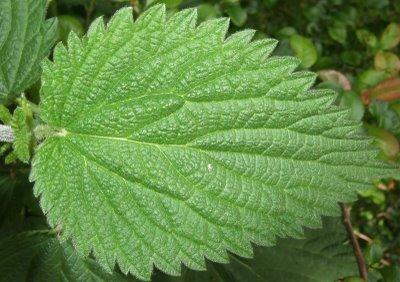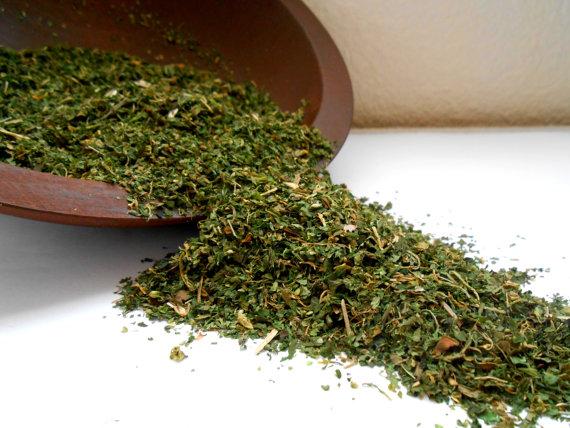History
Stinging nettle is another ancient medicine. The Greeks prized the diuretic value of the plant. In medieval Europe, the plant was used frequently to treat joint pain and muscle pain. It grows wild in many parts of North America Stinging nettle is particularly used in combination with other herbs.

Topical Uses
- oily scalp
- aching muscles
- hair loss
- rashes and eczema
Internal Uses
- enlarged prostate
- nighttime urination
- too frequent urination
- painful urination
- inability to urinate
- irritable bladder
- astringent
- diuretic
- urinary tract inflammation
- kidney stones
- allergies
- hayfever
- osteoarthritis
- arthritis
- joint pain
- internal bleeding (including uterine and bowl)
- anemia
- poor circulation
- enlarged spleen
- diabetes
- irritable bowl
- diarrhea
- asthma
- congestion
- rashes
- eczema
- anti-aging
- cancer
- wound healing
- general tonic
Preparation
 In foods, young stinging nettle leaves are eaten as a cooked vegetable. To use stinging nettle, you can create a tincture for medicinal use or brew as tea. To brew as tea, the nettles should steep for 20 minutes, covered. To use topically, we recommend a cold tea compress, where the leaves are prepared as above, cooled and applied to the skin.
In foods, young stinging nettle leaves are eaten as a cooked vegetable. To use stinging nettle, you can create a tincture for medicinal use or brew as tea. To brew as tea, the nettles should steep for 20 minutes, covered. To use topically, we recommend a cold tea compress, where the leaves are prepared as above, cooled and applied to the skin.
Other Uses
In manufacturing, stinging nettle extract is used as an ingredient in hair and skin products.
Where to Get
You can purchase tea grade dried Stinging Nettle here
Extras
Want more fun facts about Stinging Nettles and how to harvest them on your own?
Visit: Small Footprint’s Guide to Harvesting Wild Stinging Nettle